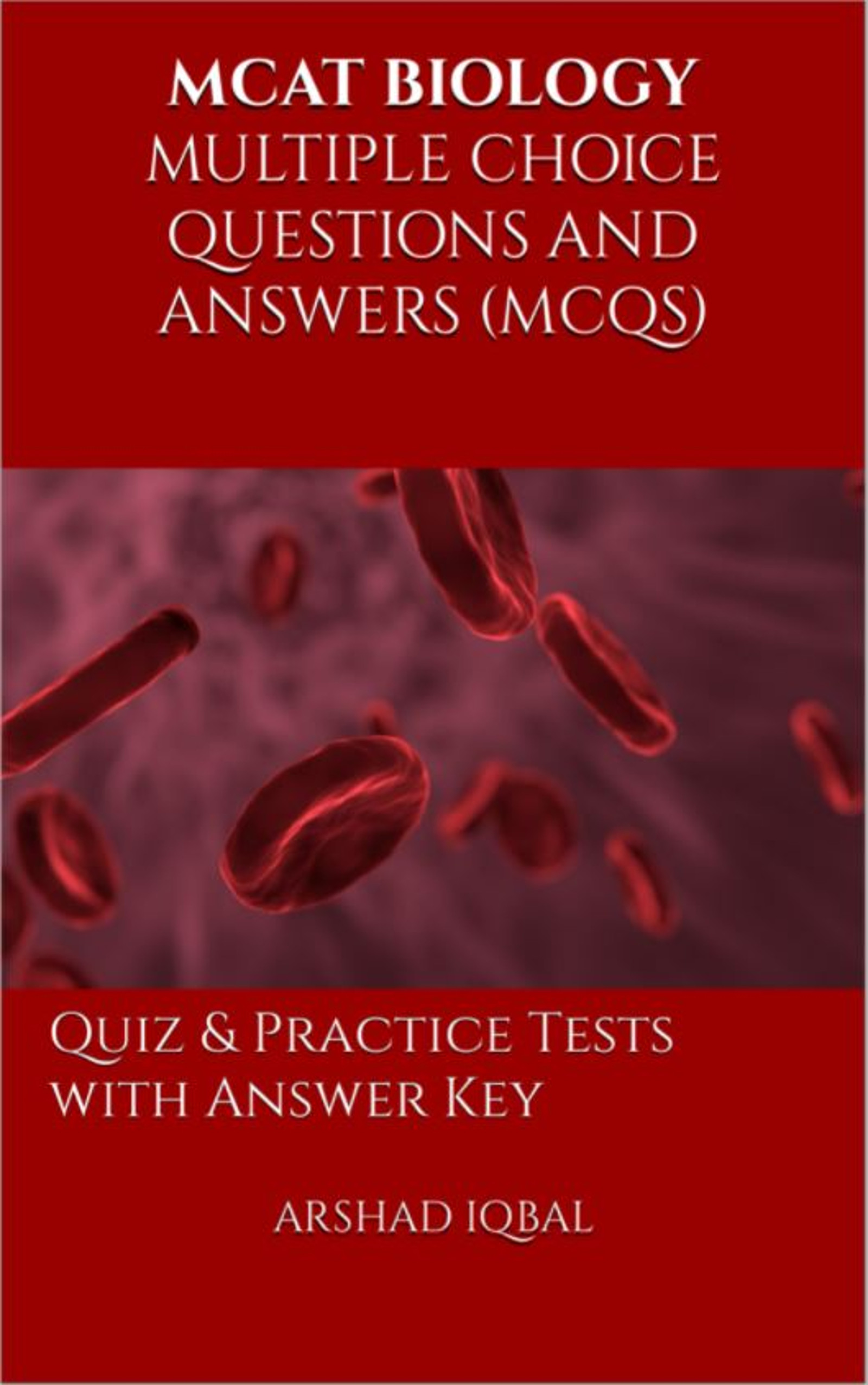MCAT Biology Practice Test 32
Double Helix Multiple Choice Questions (MCQs) PDF Download - 32
The Double Helix MCQ with Answers PDF (Double Helix Multiple Choice Questions (MCQs) PDF e-Book) download Ch. 20-32 to study MCAT Biology Practice Tests. Study Nucleic Acid Structure and Function Test PDF, Double Helix Multiple Choice Questions (MCQ Quiz) for free career test. The Double Helix MCQ Quiz App Download: Free MCAT Biology App to study double helix, what is locus, dna denaturation, reannealing and hybridization, heterochromatin vs euchromatin, tetrad test prep to study online courses.
The MCQ: The phenomenon in which the H bonds pair the bases of nucleotides in one chainto complementary bases in the other is called "Double Helix" App (Free Android & iOS) with answers: sugar pairing, pairing, phosphate pairing, and base pairing for free career test. Practice Nucleic Acid Structure and Function Questions and Answers, Google eBook to download free sample for MCAT practice test.
Double Helix MCQ Quiz with Answers PDF Download: Test 32
The phenomenon in which the H bonds pair the bases of nucleotides in one chainto complementary bases in the other is called
- pairing
- sugar pairing
- base pairing
- phosphate pairing
Humans estimated haploid protein coding genes are in range
- 30,000-40,000
- 40,000-50,000
- 20,000-25,000
- 10,000-15,000
Loss of H-bonds between two complementary strands results in
- strand binding
- strand separation
- strand destruction
- Ligation
The type of chromatin that participates in the active transcription of DNA to mRNA products is
- heterochromatin
- Euchromatin
- Centromere
- Acrocentric chromosomes
If the two parents have the mutation in two different genes, the tetrad can segregate these genes as the
- non parental ditype
- parental ditype
- tetratype
- all of above
MCAT Biology Exam Prep Tests
Double Helix Study App – Free Download for iOS & Android
The App: Double Helix MCQ App to learn Double Helix Notes, MCAT Biology MCQs App, and O Level Biology MCQ App. The "Double Helix" App to Free Download MCAT Biology MCQs Apps (iOS & Android) for free career test. Download Play Store & App Store Learning Apps with all functionalities for MCAT practice test.

